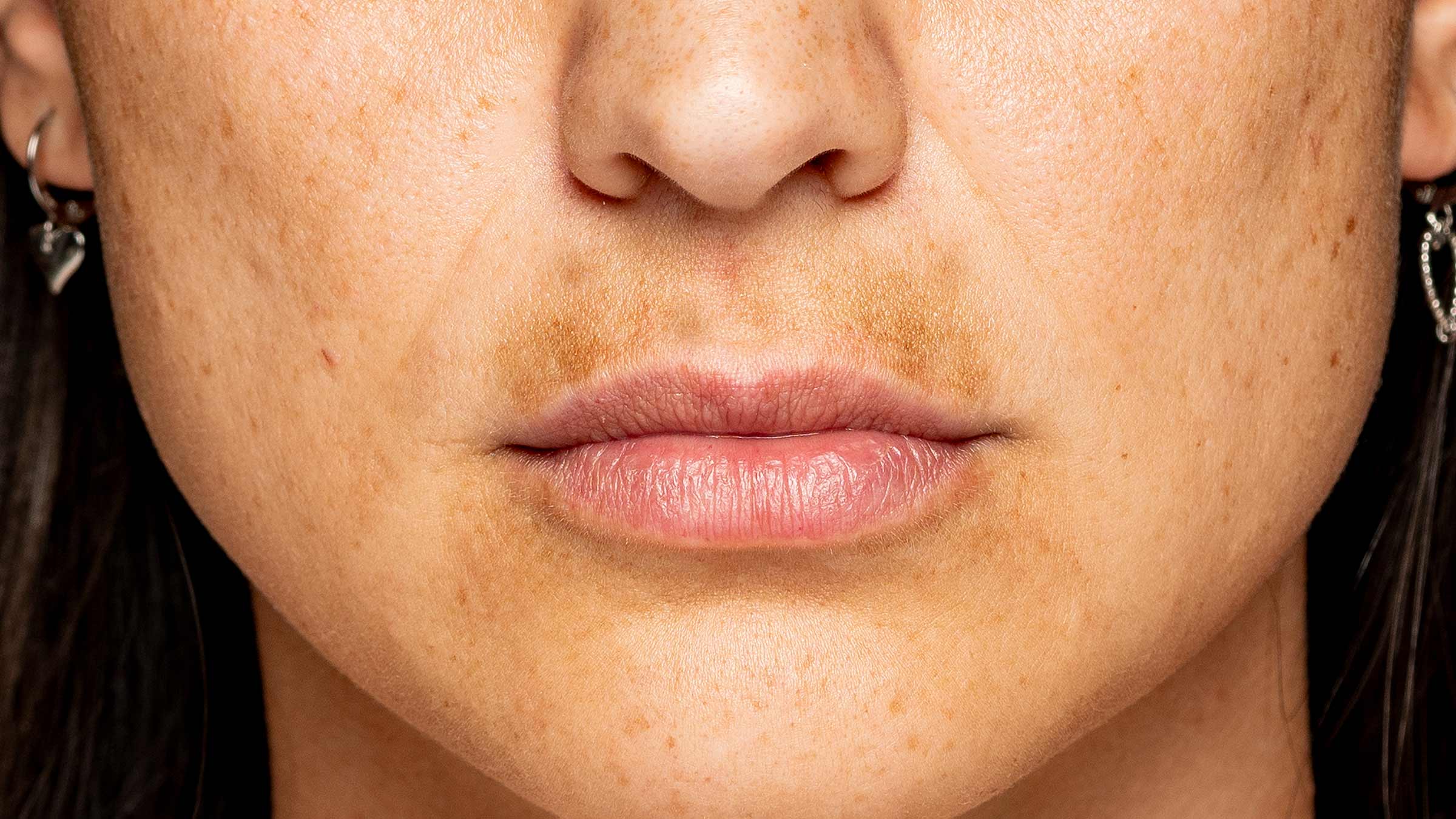Facial Care
Discover Our Aesthetic Treatments for the Face

MELASMA: It is a benign dermatosis that impacts the quality of life and remains difficult to treat, characterized by persistent and recurrent hyperpigmentation with fluctuating intensity (the spot may appear lighter or darker at times). Melasma usually starts at puberty or later, except for darker skin types, which tend to develop this issue in the first decade of life. It predominantly affects young women (9 out of 10 cases) and localizes preferentially on the face. The condition is less common in men. It is more prevalent in darker skin types (Fitzpatrick skin types IV to VI), particularly Hispanics/Latinos, Asians, and African Americans. Over 1/3 of new melasma occurrences happen during pregnancy, and 1/4 occur while taking oral contraceptives.
There are different types of Melasma:
• Epidermal melasma: affecting the superficial layers of the skin, presenting as brown hyperpigmentation with well-defined borders.
• Dermal melasma: impacting the deepest level of the dermis and characterized by blue-gray patches.
• Mixed melasma: a combination of dermal and epidermal melasma, appearing as brown-gray pigmentation.
Clinical forms based on the hyperpigmentation's topography:
• Centrofacial melasma: the most common form with symmetrical spots on the forehead, nose, cheeks, upper lip, and chin.
• Malar melasma: appearing on the nose and cheeks.
• Mandibular melasma: forming spots on the ascending branch of the mandible (jawbone).
• Labiomental melasma with involvement of the upper lip and chin.
Causes of melasma include UV and light exposure, hormonal variations (pregnancy, oral contraceptives), genetic predisposition, reactions to cosmetics and medications, repeated microtrauma to the face, and the role of cutaneous microvascularization.
To prevent and avoid melasma aggravation, sun protection is crucial; using sunscreen with SPF 50+, UVA/UVB protection, and filtering blue light is essential. Avoiding perfumes and repetitive facial friction is advised, and discussing contraceptive options with a gynecologist can be considered.
At the Elite Center, different peeling treatments are available for melasma, such as LUMILIGHT or CRYSTAL PEEL for recent or untreated cases, and MELA PEEL FORTE for older, recurrent, or dermal melasma. All cases require a high SPF sunscreen, a depigmenting cream with hydroquinone, and potential combination with laser treatments for associated conditions like redness or couperose.


